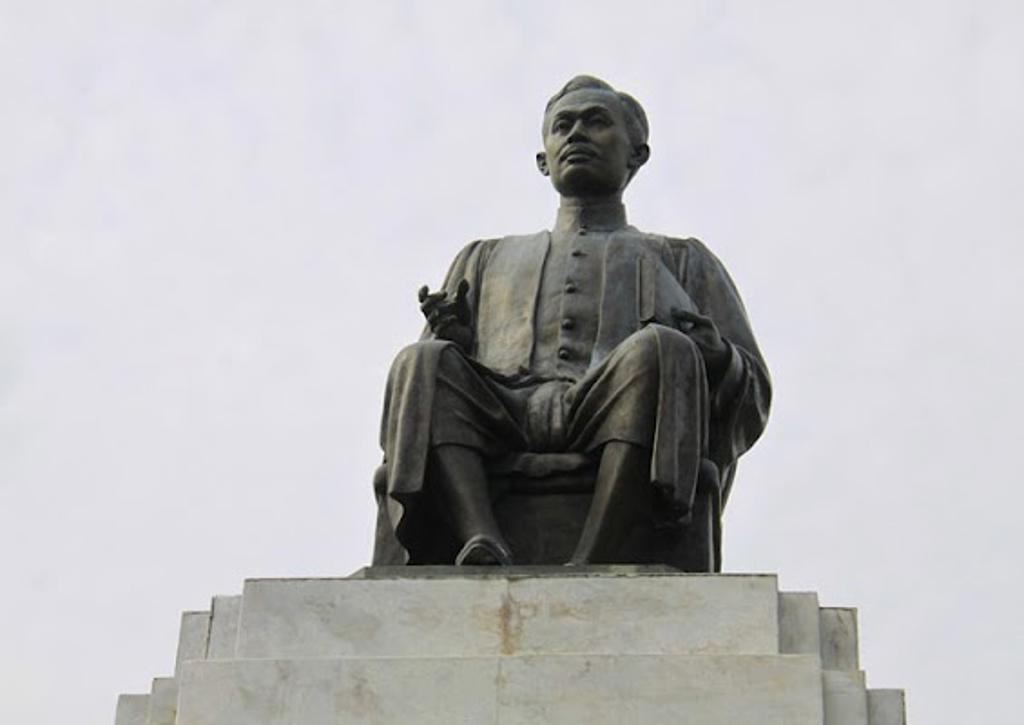About อนุเสาวรีย์พระเจ้าบรมวงศ์เธอกรมหลวงราชบุรีดิเรกฤทธิ์
The statue of Prince Raphi Phatthanasak stands with a commanding presence, his figure captured in a moment of dignified poise. Dressed in traditional Thai royal attire, complete with intricate patterns and regal embellishments, the prince holds a scroll in one hand, symbolizing his significant contributions to the legal system of Thailand. His expression is one of wisdom and authority, reflecting his role as a key figure in the modernization of Thai law. The statue, crafted with meticulous attention to detail, serves as a powerful reminder of his enduring legacy.
Located on Rachini Road in the historic district of Phra Nakhon, this monument is more than just a tribute to a royal figure; it is a testament to the profound impact Prince Raphi had on the Thai judiciary. Known as the "Father of Thai Law," Prince Raphi was instrumental in reforming the legal system during the reign of King Chulalongkorn (Rama V). His efforts in drafting and implementing new legal codes helped transition Thailand into a modern state, aligning its legal practices with international standards while preserving its cultural heritage.
Life's Journey: Prince Raphi Phatthanasak
Prince Raphi Phatthanasak, born in 1874, was a son of King Chulalongkorn and a pivotal figure in the modernization of Thailand. Educated in Europe, he brought back with him a wealth of knowledge that he applied to reforming the Thai legal system. His work included the establishment of the Ministry of Justice and the introduction of new legal codes that laid the foundation for Thailand's contemporary legal framework. The scroll in his hand on the statue symbolizes these groundbreaking reforms, which were crucial in safeguarding the sovereignty of Thailand during a time of colonial expansion in Southeast Asia.
Plan your perfect trip to Bangkok with Travo! Download now and start exploring.
Living Legacy in Modern Thailand
Today, the legacy of Prince Raphi Phatthanasak is deeply embedded in the Thai legal system. His contributions are celebrated annually on "Raphi Day," a testament to his lasting influence on the judiciary. The statue serves as a focal point for these commemorations, where legal professionals and students gather to honor his memory and reflect on the principles of justice and fairness that he championed. The monument is not only a historical landmark but also a symbol of the ongoing commitment to uphold the rule of law in Thailand.
Hidden Stories in the Details
Examining the statue closely reveals subtle details that speak to Prince Raphi's character and achievements. The intricate designs on his attire reflect the blend of traditional Thai culture with modern influences, mirroring his approach to legal reform. The scroll, a central element of the statue, is adorned with motifs that represent knowledge and enlightenment, underscoring his role as a pioneer in legal education. These details invite viewers to appreciate not only the artistic craftsmanship but also the deeper narrative of progress and innovation that Prince Raphi embodied.
Artistic Elements and Symbolism
The statue's design is a harmonious blend of realism and symbolism. The lifelike portrayal of Prince Raphi captures his dignified presence, while the symbolic elements, such as the scroll and traditional attire, convey his contributions to Thai society. The choice of materials, often bronze or stone, adds a sense of permanence and respect, ensuring that his legacy endures for future generations. The statue's placement in a prominent location in Bangkok further emphasizes its significance as a beacon of legal and cultural heritage.

Map loading...
Location
ถนนราชินี, 10200, กรุงเทพมหานคร
